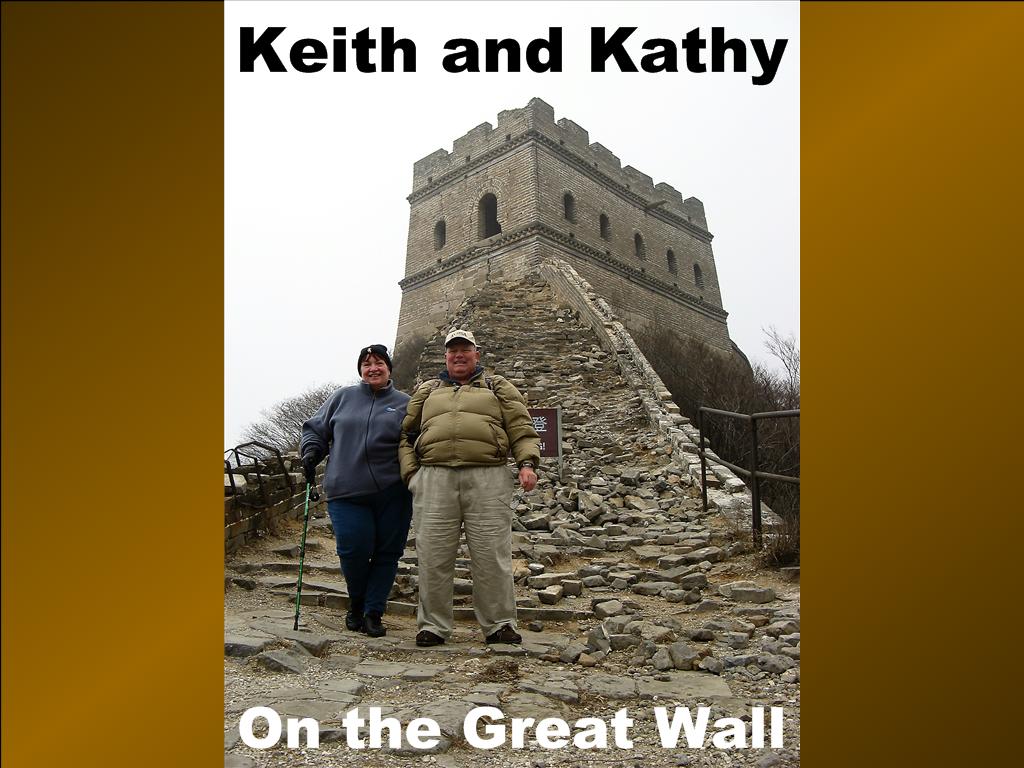We are in the heart of the Cascade Mountains, at Mount Saint Helens. We are camped at Seaquest State Park, about 35 miles from the mountain, nestled in the bosom of the heavily forested foothills.

Our Home in Seaquest State Park
The Cascade Mountains stretch from southern Canada to Mt. Lassen in California, have their orogenic roots in a subduction zone just off the northwest coast of the United States; hence the title of this missive. St. Helens is one of the more active volcanoes in the Cascade Range, having suffered major eruptions in 1480, 1800, and 1980. The most recent of these eruptions, on May 18th 1980, blew off the north face of the mountain and caused major devastation due to mudflows which raced westward along the Toutle River Valley. Major damage occurred as far west as Castle Rock, 40 miles downstream.

Mt. St. Helens, Showing Mud and Ash Deposits in the Toutle River

Mt. St. Helens Caldera - The Smoking Gun
There is a beautiful visitors center just across the road from our campground, about 5 miles off the Interstate. Centerpiece of this structure is a glass loft with a large mural of the blast. Also included are a very well done museum with historical photos and a model of the volcano, complete with “underground” access to the magma chamber.

Mt. St. Helens Visitor Center

Visitor Center Lobby

Visitor Center Poster of the Eruption
Keith visited the devastated zone about 20 years ago, not too long after the eruption. There was mile upon mile of dead trees, blown down by the force of the blast. It looked like an atom bomb went off. The photograph below, found in the Visitor /center, shows this devastation as Keith saw it.

Photograph of Devastation Shown in Visitor Center
The scene today is much different. The devastated hills are green again with young trees, particularly on lands owned privately by the logging companies. These companies salvaged much of the downed timber and replanted within just a few years after the eruption. We were unable to see or visit the un-reforested public land near the volcano. This territory is still under many feet of snow, and the last few miles of road will not reopen until mid May. There are still 10 ft. banks of snow along the cleared portions of the roadway.

Signpost Located14 Miles From the Blast Center

Reforestation Started Shortly After the Blast

The Reforested Blast Zone Today
The eruption also created a couple of new lakes, a result of mudflows daming the Toutle. Coldwater Lake, shown below, is one of these.

Coldwater Lake, Created by the Eruption

A Lonely Reminder

A Reminder of Winter Past

End of the Road
Tomorrow we head northwest into the Olympic peninsula. We hope to camp on the Pacific Ocean tomorrow night, if we can find a campsite that is large enough for our 29ft. coach. Sites in the National Park typically are limited to 21ft. length, with a few exceptions.
We will keep you informed.


2 comments:
Great Photos! Wishing you safe travels to the Olympic peninsula!
Hi Keith and Kathy, I came to your blog through google. Would you say the Seaquest State Park campground was a good place 4 a four day weekend, lots of other things to do besides the visitor area? Or is it better to head up to the Olympics?
We have a two year old, and can't do a lot of hiking.
Post a Comment